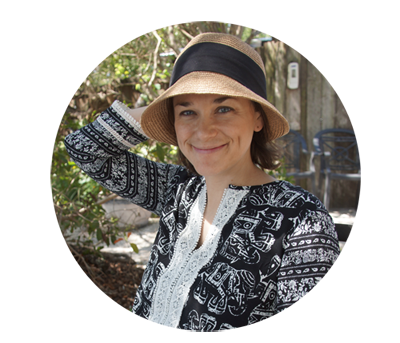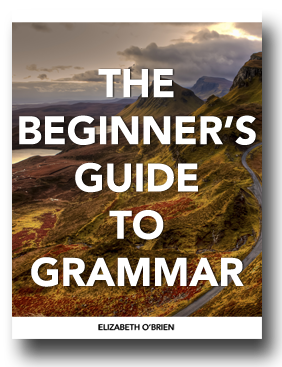Download your free grammar guide here.
Download your free grammar guide here.
Participial Phrases & Reduced Adjective Clauses
Participial Phrases & Reduced Adjective Clauses
- Home
- Phrases
- Participles
- Participial Phrases vs. Adjective Clauses
In today's lesson, we’ll use sentence diagrams to illustrate the interesting grammatical differences and similarities between two almost indistinguishable sentences. You'll learn about adjective clauses, participial phrases, and reduced adjective clauses.
These two pages from Goodnight Moon inspired me to make this lesson for you. My husband and I used to read this book to our daughters each night as part of their bedtime routine.
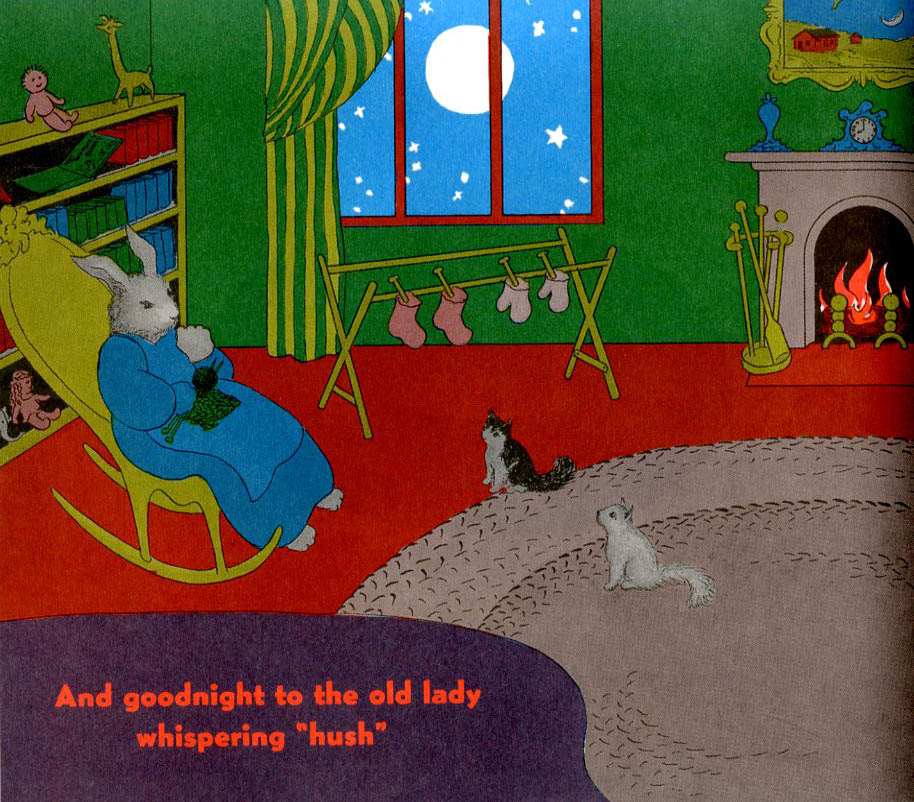
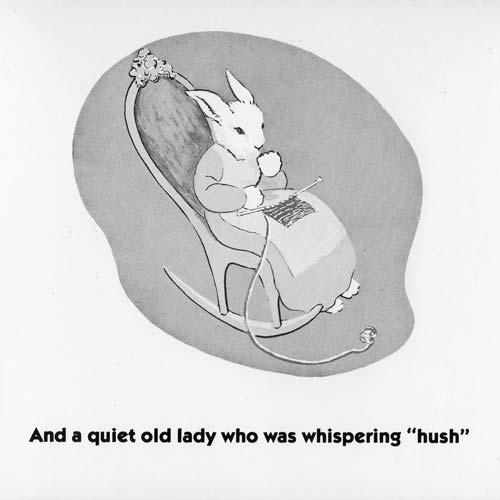
We'll look at two very similar sentences. Here are the two sentences we're analyzing:
1. We waved at the woman who was watering her plants.
2. We waved at the woman watering her plants.
Notice that both sentences give us the same information.
They are grammatically different, but they also have something in common. Let's find out what that is!
If you had to choose one word in those sentences that who was watering her plants and watering her plants were telling us more about, what would it be?
I hope that you chose the word woman.
Woman is a noun, and both who was watering her plants and watering her plants are telling us more about that noun.
Let's take a look at the diagrams of these sentences so that you can more easily see what I mean.
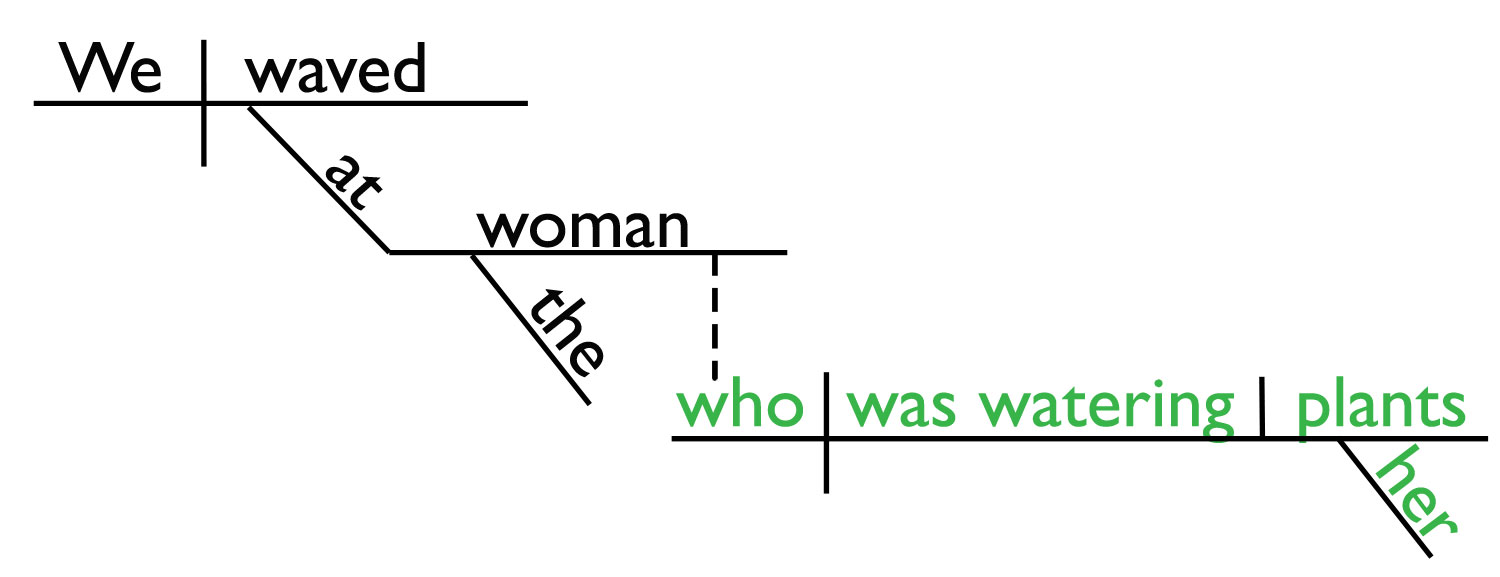
We waved at the woman who was watering her plants.
It's a complicated diagram. If you don't understand it, don't worry. Just notice that there is a dotted line between woman and who was watering her plants.
From this diagram, you can see that who was watering her plants has something to do with the noun woman because they are connected with a dotted line.
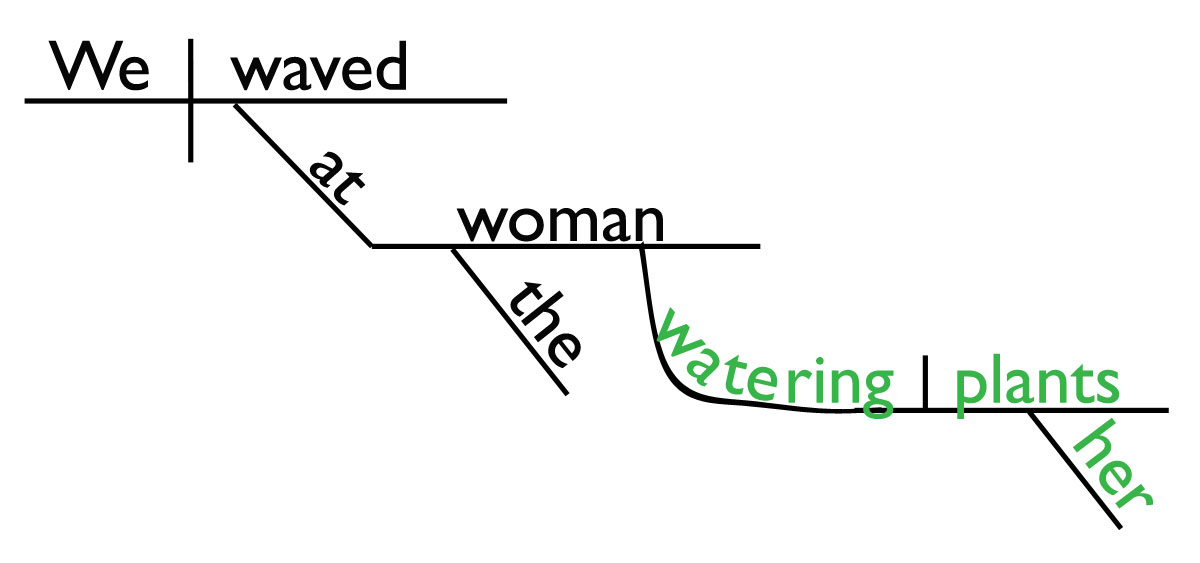
We waved at the woman watering her plants.
Again, there is a lot happening here. Don't panic. I simply want to draw your attention to the fact that watering her plants is connected to the noun woman.
From this diagram, you can see that the words watering her plants have something to do with woman because they are on a slanted line under the woman.
What They Have In Common
Both of those groups of words are describing the noun woman.
Do you know the name for things that describe nouns? Adjectives! Adjectives are one of the parts of speech, and their job is to modify nouns or pronouns.
Both who was watering her plants and watering her plants are acting as single units, and they are functioning as adjectives!
I know that might sound crazy because you're probably used to adjectives that are just one word, like in this sentence.
We waved at the kind woman.
Kind is one word, and it's an adjective modifying woman.
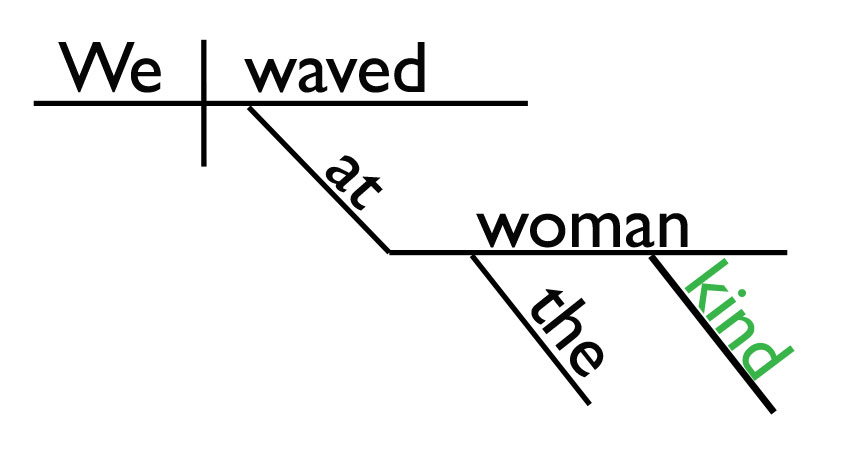
Adjectives can also be formed from groups of words that come together and do the job of a single adjective. That's what is happening in our original two sentences.
You can see that both of those groups of words are connected to the noun woman, and both of those groups of words are adjectives!
The Grammar Behind the Sentences:
Participial Phrases & Adjective Clauses
Who was watering her plants is a dependent adjective clause (aka relative clause). Dependent adjective clauses function as adjectives, and they contain a subject (who) and a verb (was watering).
Sometimes, we can smoosh the information in an adjective clause (who was watering her plants) into a smaller unit that does not include a subject (watering her plants). When we do this, we end up with something called a participial phrase.
Watering her plants is a participial phrase. It is so similar to the dependent adjective clause that some people call these reduced adjective clauses, which makes sense because we have reduced/made smaller the adjective clause by taking out a couple of the words.
Sometimes, people call these "participial clauses." I find that name to be a bit misleading because this group of words does not contain a subject (one of the key elements in a clause). Because of that, I like to stick with calling these participial phrases.
If you'd like to teach or learn grammar the easy way—with sentence diagrams—check out our Get Smart Grammar Program.
It starts from the very beginning and teaches you grammar and sentence diagramming in easy, bite-size lessons.
Thank you for the work that you do. Listening to how you explain things makes a lot of sense to me. I can really comprehend it. Again, thank you.
- Harriett
This is original content from https://www.english-grammar-revolution.com/participial-phrases.html
Our Free Guide Gives You A Fun Way
To Teach And Learn The Basics v

Elizabeth O'Brien is the creator of Grammar Revolution.
Her lessons are guaranteed to give you more confidence in your communication skills and make you smile. :)
Other Helpful Resources
- Practice creating reduced adjective clauses with this PDF.

